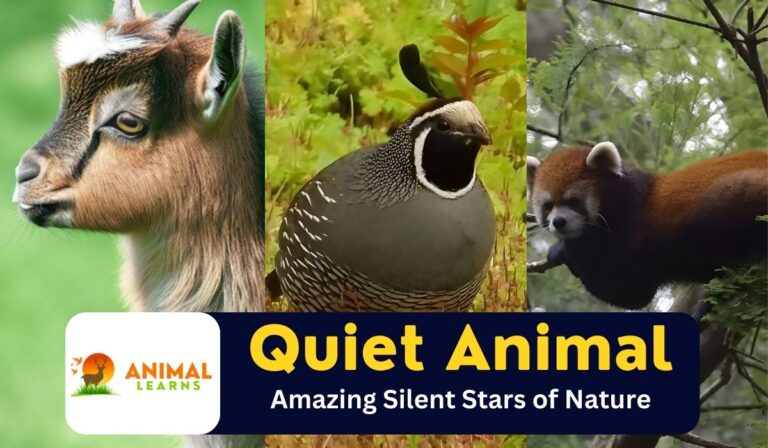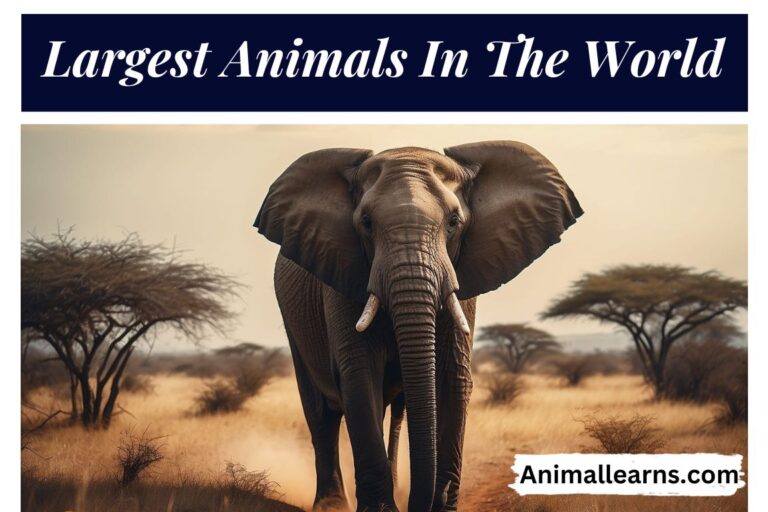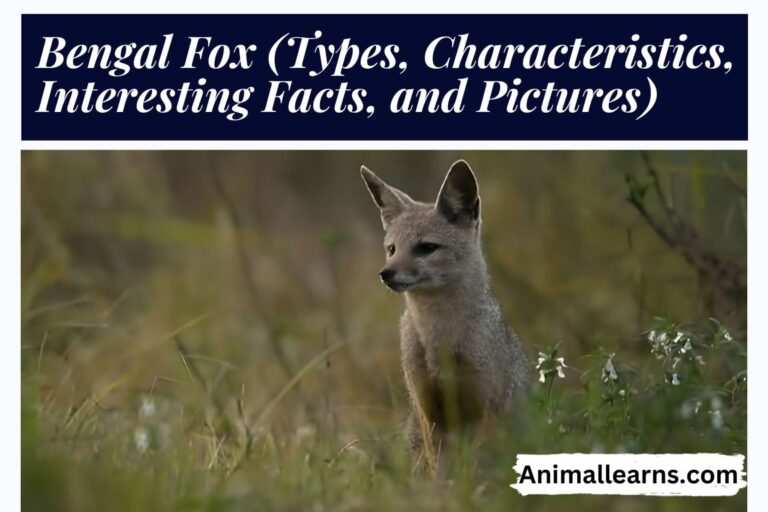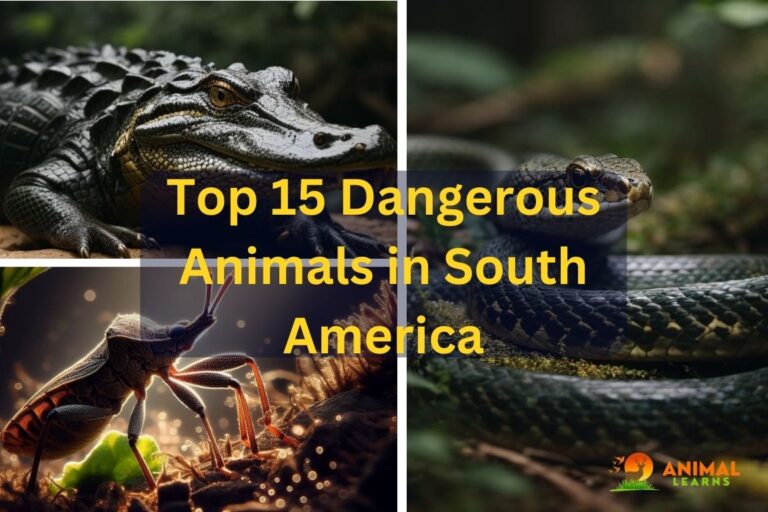African Wild Dog | Habitat, Lifespan, Facts – Animallearns

Native to sub-Saharan Africa, the African wild dog (Lycaon pictus) is also referred to as the painted dog or Cape hunting dog. It is Africa’s largest wild dog and the only surviving member of the genus Lycaon, which differs from Canis in having a dentition that is highly adapted for a hypercarnivorous diet and in not having dewclaws.
They never stay in one spot for very long; instead, they dwell and hunt in widely scattered packs. They may cover up to 1,500 square kilometers of territory in a day and go up to 50 kilometers.
The social organization of African wild dogs is distinct from that of most other pack animals. Up to 20 individuals can make up a pack, and the dominant breeding pair (the alpha male and alpha female) leads the pack while the remaining members serve as subordinates. The most peculiar aspect is that, when reaching maturity, it is the females—not the males—who migrate to other packs.
African Wild Dog Habitat
Contents
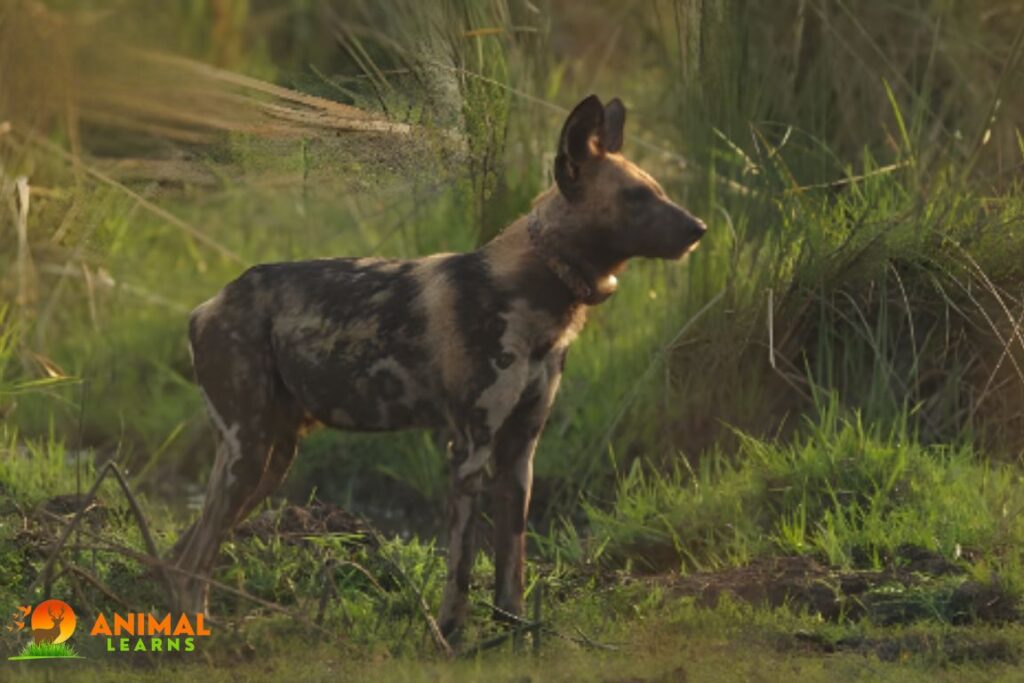
African wild dogs used to be common throughout Sub-Saharan Africa, with the exception of lowland rainforest and extremely dry desert regions. However, they have now vanished from the majority of their previous range.
Only a limited portion of southern Africa is home to African wild dogs, who still primarily inhabit broad plains and scant woods. Only Botswana, western Zimbabwe, eastern Namibia, and western Zambia are included in their range.
How fast can African wild dogs run?
Although the top speed of these pack predators is approximately 45 mph, which is comparable to a greyhound, a wild dog hunt is a marathon rather than a sprint. Their lengthy legs and enormous lungs allow them to sprint until their fatigued quarry comes to a complete stop. They are endurance athletes.
African wild dog family life
The collaboration of wild dogs is evident in their social structures, which consist of intricate hierarchies wherein only the alpha male and female, or the top dogs, are allowed to procreate. Wild dogs typically give birth underground, in the abandoned burrows of aardvarks.
Blind puppies are often born in March or June. For the benefit of the young, the pack regurgitates food; nevertheless, this behavior is extended to adults as well, and it is fundamental to African wild dogs’ social lives.
Every morning or right after nap, there is a “meet and greet” ceremony for painted dogs. It is thought that doing this strengthens social ties and gets the pack ready for hunting. They are fairly non-aggressive overall; for instance, they plead to express their desire to eat rather than fighting over food. Younger pack members are permitted to dine before adults.
African wild dog Facts
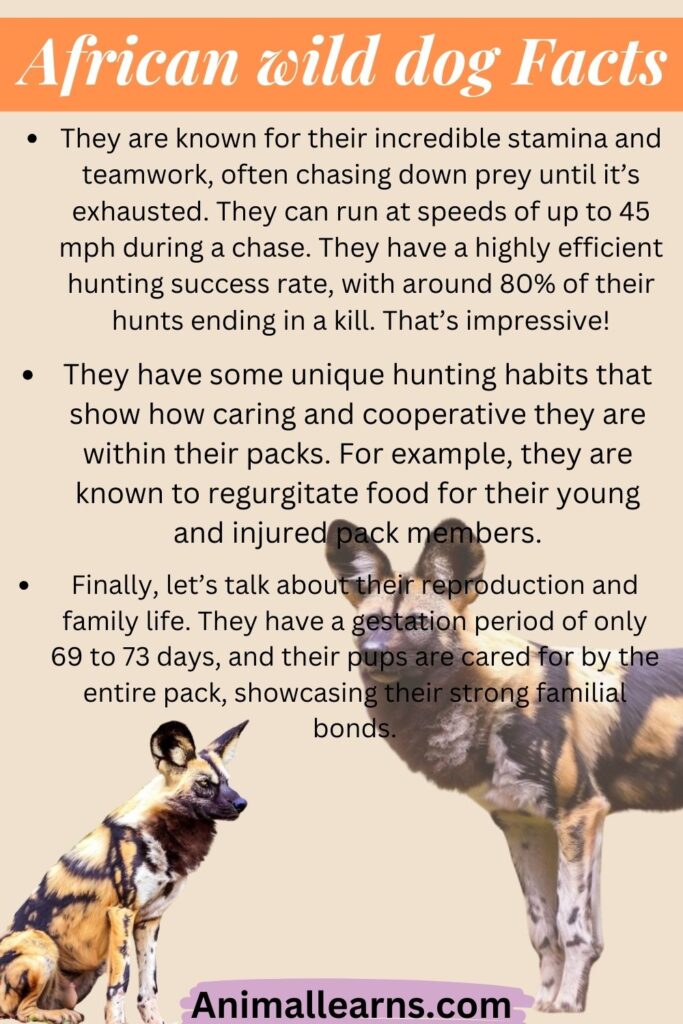
These medium-sized predators are not only beautiful but also highly intelligent, cooperative, and adaptable. Unfortunately, they are also endangered, facing threats from habitat loss, human conflict, and diseases like rabies.
- They are known for their incredible stamina and teamwork, often chasing down prey until it’s exhausted. They can run at speeds of up to 45 mph during a chase. They have a highly efficient hunting success rate, with around 80% of their hunts ending in a kill. That’s impressive!
- But before they go on a hunt, they do something very cute and interesting. They engage in a playful social bonding ritual known as “social rallies,” where they greet each other with excitement and affectionate vocalizations. This helps them to strengthen their pack cohesion and coordinate their actions during the hunt.
- They have some unique hunting habits that show how caring and cooperative they are within their packs. For example, they are known to regurgitate food for their young and injured pack members. They also have specialized dentition for slicing through meat and a remarkably high bite force to immobilize their prey quickly.
- Another distinctive feature of these canines is their huge, round ears. These ears serve not only to hear distant prey but also to help regulate their body temperature in the scorching African heat. They also aid in communication, as each pack has its own unique vocalizations and “signature” markings on their coats, making them distinguishable from one another.
- Finally, let’s talk about their reproduction and family life. They have a gestation period of only 69 to 73 days, and their pups are cared for by the entire pack, showcasing their strong familial bonds. The pack is led by an alpha pair, who are the only ones that breed. The rest of the pack members help with raising the pups, feeding them, protecting them, and teaching them how to hunt.
Behavior and Social Structure
They are amazing animals with fascinating behaviors. They live in large families called packs, where they work together and care for each other. Before they go hunting, they greet each other with hugs and kisses, making sure everyone is ready and happy.
They avoid fighting with bigger animals like lions or hyenas and instead use their speed and teamwork to catch their prey.
They are very smart and organized, and they have different jobs in the pack. Some are hunters, some are babysitters, and some are guards. Only the leaders of the pack have babies, and the rest of the pack helps to raise them. The pack is like a big happy family, where everyone has a role and a place.
They love their pack mates very much. They hunt together, share their food, and protect each other from danger. They also help each other when they are sick or hurt, showing kindness and compassion.
They need their pack to survive in the wild, and their pack needs them too. Their social bonds are very strong and important, and they make them unique in the animal kingdom.
Wild Dog Diet and Predators
Have you ever wondered how African wild dogs hunt their prey? These amazing animals are not only skilled and efficient hunters, but they also have distinctive dietary preferences and hunting strategies that set them apart from other predators.
What do African wild dogs eat?
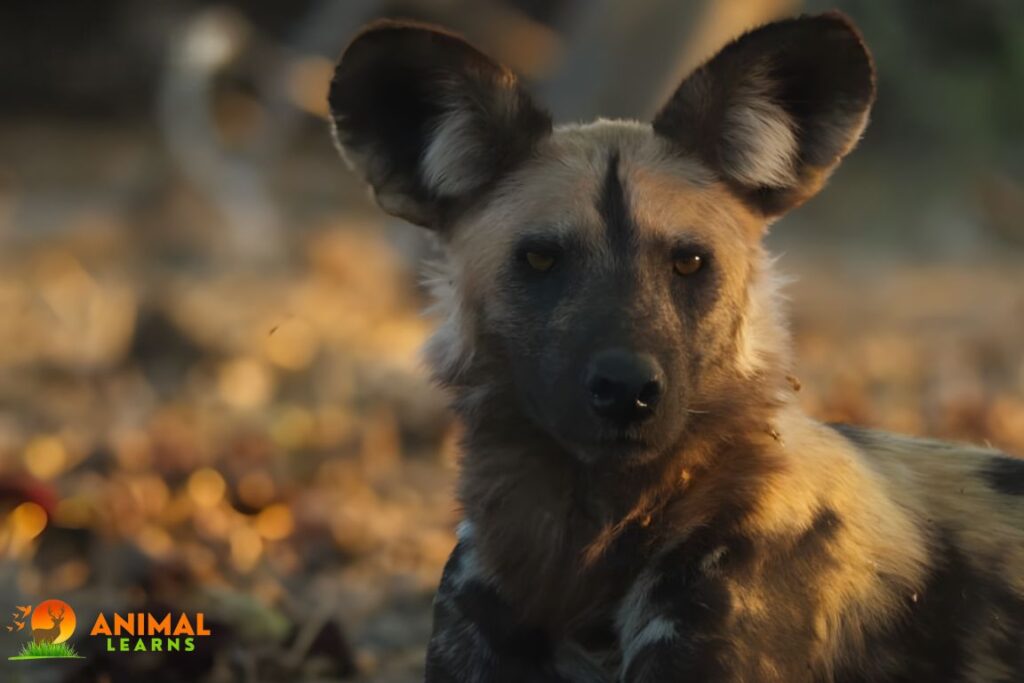
They are carnivores, meaning they eat meat. Their diet mainly consists of medium-sized hoofed animals, such as impalas and gazelles. These animals are fast and agile, but wild dogs can catch them with their exceptional stamina and teamwork. Sometimes, they can also take down larger prey, like wildebeests, which can weigh up to 600 kg!
How do wild dogs hunt?
Unlike other predators that rely on stealth or ambush to catch their prey, Lycaon pictus use a different strategy: they chase them for long distances until they tire them out. They can run up to 60 km/h for up to 5 km, making them one of the most endurance-oriented hunters in the world.
They also work as a coordinated team, communicating with each other through vocalizations and body signals. They can use different tactics to outsmart their prey, such as splitting up, flanking, or encircling them.
Why are African dogs important for the ecosystem?
They are apex predators, meaning they are at the top of the food chain. This means they have a crucial role in maintaining the balance and health of the ecosystem. By hunting their prey, they help control the population of herbivores, which prevents overgrazing and habitat degradation.
This way, they protect the vegetation and plant diversity, which benefits other wildlife species that depend on this ecosystem.
What are the threats and challenges faced by the painted dog?
Unfortunately, Lycaon pictus faces many dangers and challenges in the wild. They have natural enemies, such as lions, hyenas, and crocodiles, that can attack them or steal their kills. They also suffer from human-related threats, such as habitat loss, disease, and poaching.
These factors have caused a dramatic decline in their numbers and distribution. Today, there are only about 6,600 Lycaon pictus left in the wild.
How can we help conserve wild dogs?
Conservation efforts are vital to protect these remarkable animals and ensure their survival in their natural habitats. Some of the ways we can help conserve African dogs are:
- Supporting organizations that work to protect and restore their habitats
- Raising awareness and educating people about their importance and plight
- Reducing human-wildlife conflicts and promoting coexistence
- Supporting research and monitoring programs that study their behavior and ecology
- Adopting or sponsoring a Lycaon pictus through a reputable wildlife charity
They are fascinating creatures that deserve our respect and admiration. By learning more about them and supporting their conservation, we can help them thrive in the wild and enjoy their unique and amazing hunting skills.
African Wild Dogs as Pets
African wild dogs cannot be tamed as pets due to their aggressive nature and specialized dietary needs. While they possess intriguing special features, including a powerful bite force and a distinct skull structure, they don’t make suitable domestic companions.
African wild dogs are born to be wild. They have strong instincts and social bonds that are essential for their survival in the harsh African savannah. They live in large packs that cooperate and communicate with each other, hunting and caring for their young.
Wild Dog vs. Other Species

These amazing creatures have a unique set of features that make them stand out from the crowd. Unlike other canines such as dingos, wolves, jackals, and painted dogs, they live in tight-knit groups with a clear leader and a strong sense of cooperation.
They also have incredible endurance and skill when it comes to hunting their prey, often chasing them for long distances and working together to bring them down.
Their size, coat pattern, and habitat also differ from other similar species. For example, they are smaller than wolves and lions, but larger than jackals. They have a mottled coat of brown, black, white, and yellow patches that gives them their other name: African-painted wolves.
They live mostly in the savannas and woodlands of sub-Saharan Africa, where they face threats from habitat loss, poaching, and disease. Wild dogs are truly a wonder of nature, with a fascinating social structure and hunting strategy that sets them apart from other animals in the wild.
Conclusion
They are fascinating creatures with complex social lives, distinctive looks, and amazing hunting skills. But they are also in danger of disappearing from the wild due to human activities and other threats. That’s why we need to learn more about them and support the efforts to conserve them.
In this article, we examine their habitat, behavior, and the challenges they face. We also explored how we can help them survive and thrive in their natural environment. By understanding and appreciating African wild dogs, we can become part of the solution to protect them and their ecosystem, making a difference in wildlife conservation.
FAQs
What is the scientific name of the African Wild Dog?
The scientific name of the Wild Dog is “Lycaon pictus.”
How large are the African dogs in comparison to lions?
They are smaller than lions but highly agile predators.
Why are Wild Dogs endangered?
Wild Dogs are endangered due to threats such as habitat destruction and aggression from larger predators.
Can African Wild Dogs be tamed and kept as pets?
They cannot be tamed and are not suitable as pets due to their aggressive nature and specialized dietary needs.
What role do conservation organizations play in African Dog preservation?
Conservation organizations work to protect their habitat, develop recovery plans, and mitigate threats to ensure the survival of Wild Dogs and their ecosystems.







